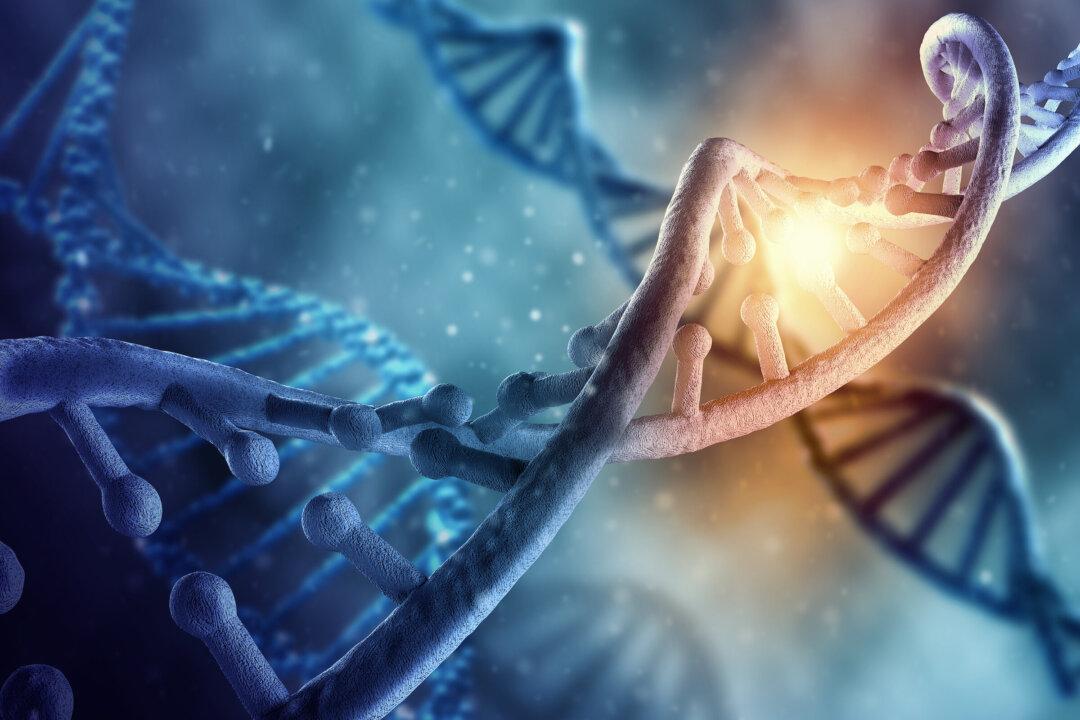A high school senior from California described teen COVID-19 mental fallout in a nutshell:
“It’s not that I’m mad that I missed the events. I wouldn’t have gone to prom anyway. I just feel bad about all the experiences I missed that never had the chance to happen. I wonder what those years would have been like if none of it ever happened.”






